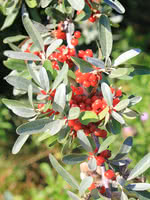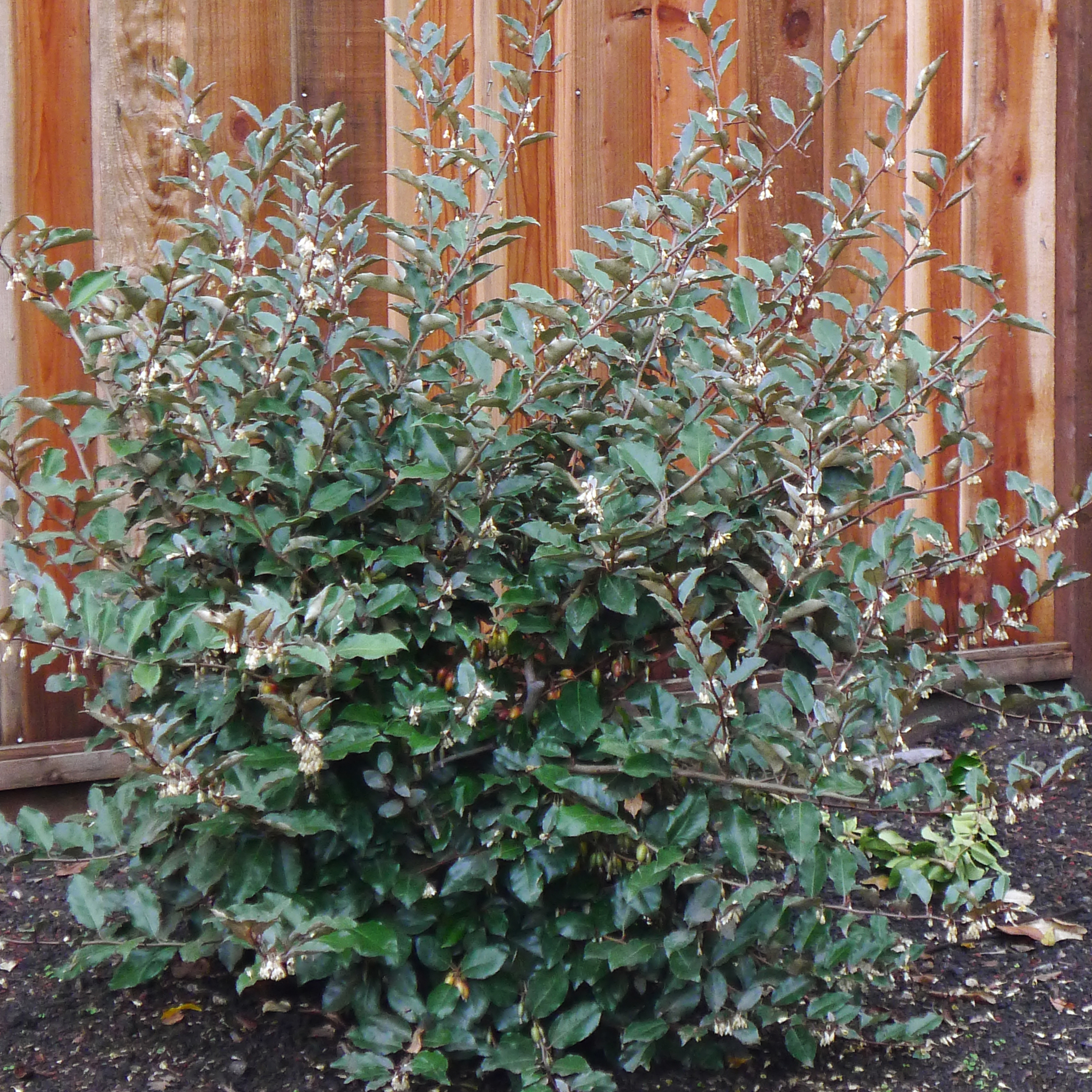The Silverberry Bush: A Beautiful Easycare Shrub For Your Garden
Introduction
The silverberry bush is a beautiful and easy-care shrub that is perfect for adding a touch of elegance to your garden. It is native to North America and is known for its silvery-white bark, delicate pink flowers, and edible berries. Silverberry bushes are relatively low-maintenance and can be grown in a variety of climates.
In this blog post, we will discuss the following:
- The different types of silverberry bushes
- The benefits of planting a silverberry bush in your garden
- How to care for a silverberry bush
- How to propagate a silverberry bush
Types of Silverberry Bushes
There are several different types of silverberry bushes, each with its own unique characteristics. Some of the most popular types include:
- Ebbing's Silverberry: This type of silverberry bush is known for its fast growth and attractive silvery-white bark. It can grow to be up to 10 feet tall and 10 feet wide.

- Silver Buffalo: This type of silverberry bush is known for its large, showy pink flowers. It can grow to be up to 6 feet tall and 6 feet wide.

- Sargent's Silverberry: This type of silverberry bush is known for its delicate pink flowers and edible berries. It can grow to be up to 8 feet tall and 8 feet wide.

Benefits of Planting a Silverberry Bush
There are many benefits to planting a silverberry bush in your garden. Some of the most notable benefits include:
- Beautiful foliage: Silverberry bushes have attractive silvery-white bark and delicate pink flowers. The foliage turns a beautiful golden color in the fall.
- Edible berries: The berries of the silverberry bush are edible and can be used to make jams, jellies, and pies.
- Attracts wildlife: Silverberry bushes attract a variety of wildlife, including birds, butterflies, and bees.
- Easy to care for: Silverberry bushes are relatively low-maintenance and can be grown in a variety of climates.
How to Care for a Silverberry Bush
Silverberry bushes are relatively easy to care for. They prefer full sun but can tolerate partial shade. They are also drought-tolerant and do not require a lot of water. Silverberry bushes should be fertilized once a year in the spring.
How to Propagate a Silverberry Bush
Silverberry bushes can be propagated by seed, cuttings, or layering. Seed propagation is the most common method. Seeds should be sown in the spring in a well-drained soil. Cuttings can be taken in the spring or summer. Layering is a method of propagating a plant by encouraging a branch to root while still attached to the mother plant.
Conclusion
The silverberry bush is a beautiful and easy-care shrub that is perfect for adding a touch of elegance to your garden. If you are looking for a low-maintenance shrub that is attractive to wildlife, then the silverberry bush is a great option.
For more information about silverberry, please visit Home Gardening.
FAQ of silverberry bush
- What is a silverberry bush?
A silverberry bush is a deciduous shrub or small tree that is native to North America. It is known for its silvery-gray foliage, fragrant flowers, and edible berries. Silverberry bushes are hardy and adaptable, and they can be grown in a variety of climates.
- How do I grow a silverberry bush?
Silverberry bushes are easy to grow. They prefer full sun and well-drained soil. They are drought-tolerant and can tolerate a wide range of soil pH levels. Silverberry bushes can be propagated by seed, cuttings, or layering.
- What are the benefits of growing a silverberry bush?
Silverberry bushes offer a number of benefits. They are attractive shrubs that can be used as a hedge, specimen plant, or groundcover. They are also hardy and adaptable, making them a good choice for a variety of climates. Silverberry bushes produce edible berries that can be eaten fresh or used in cooking.
- What are the challenges of growing a silverberry bush?
The biggest challenge of growing a silverberry bush is that it can be susceptible to pests and diseases. Some common pests that attack silverberry bushes include aphids, scale insects, and spider mites. Some common diseases that attack silverberry bushes include powdery mildew, rust, and leaf spot.
- How do I care for a silverberry bush?
Silverberry bushes are relatively low-maintenance. They need to be watered regularly during the first year after planting. After that, they are fairly drought-tolerant. Silverberry bushes should be fertilized in the spring with a balanced fertilizer. They should also be pruned in the spring to remove dead or damaged branches.
Image of silverberry bush
- Silverberry bush in full bloom.

- Silverberry bush with its silvery leaves.

- Silverberry bush with its red berries.

- Silverberry bush in winter.

- Close-up of silverberry leaves.
- Close-up of silverberry berries.
- Silverberry bush in a garden.

- Silverberry bush in a forest.

- Silverberry bush as a hedge.
- Silverberry bush as a bonsai.


Post a Comment for "The Silverberry Bush: A Beautiful Easycare Shrub For Your Garden"